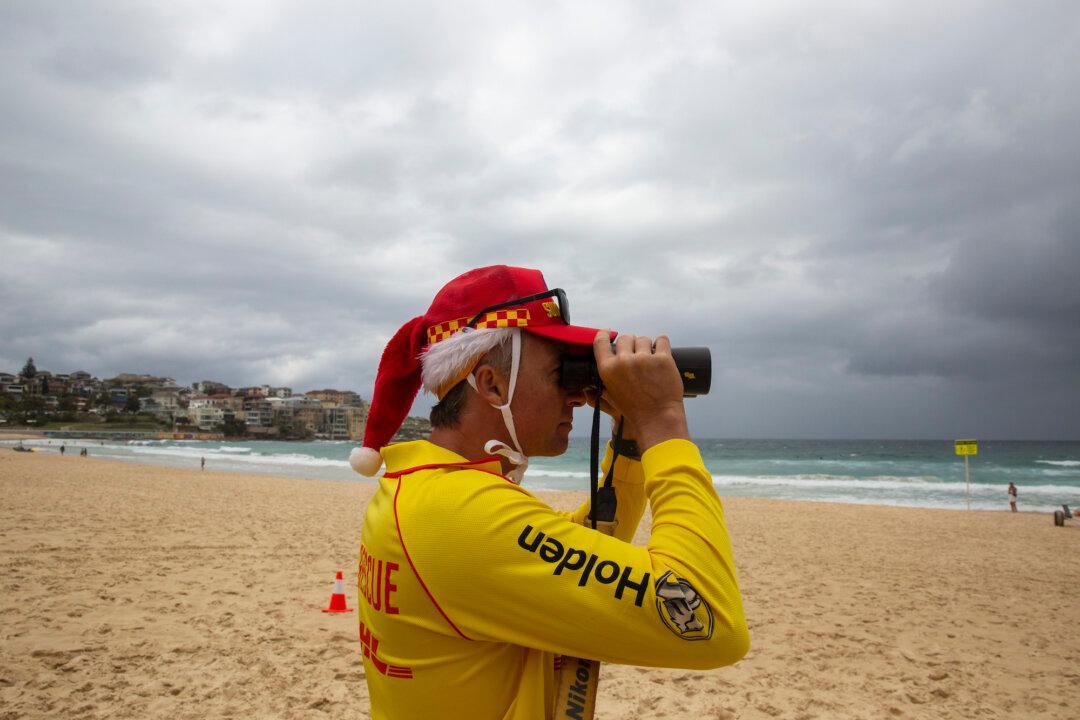A worrying increase in people drowning while trying to rescue others this summer has prompted a warning from Surf Live Saving Australia.
Australians are being urged to plan for visiting the beach like they would for a road trip.

A worrying increase in people drowning while trying to rescue others this summer has prompted a warning from Surf Live Saving Australia.
Australians are being urged to plan for visiting the beach like they would for a road trip.